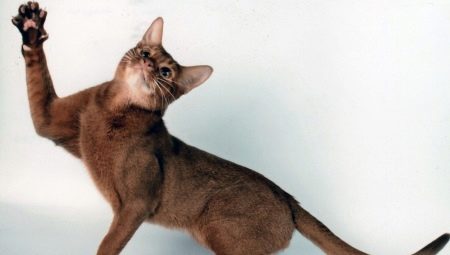Any cat owner will say that every cat has a character. Each of them is a separate independent personality with its own habits, temperament and habits. Of course, they have common features. Some are determined by heredity, others by breed. But any pet has its own distinctive features that make it individual.
Psychology Features
One of the main distinguishing features of cats is their independence. No wonder there is a winged expression "a cat walks by itself." It would seem that this should push people away from these furry pets. After all, no one wants to live under one roof with a clear egoist. But it is precisely this feature that attracts.
If the cat began to show his love and affection for you, it is much more valuable than the dog’s loyal attitude.
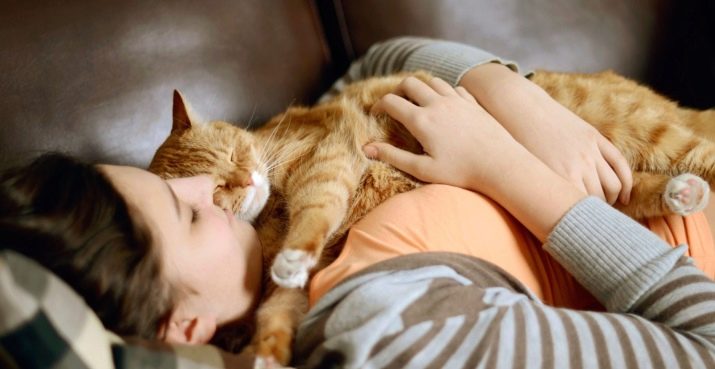
Graceful and independent creatures defy training. And this is also a consequence of the peculiarity of their psychology. From ancient times they are compared with dogs, or rather, opposed to them. The characters of dogs and cats are very different. If the former are considered to be faithful and faithful, the latter are usually called independent and autonomous.
Despite the presence of the above features, cats are always associated with warmth, comfort and tranquility. They are not as active and emotional as dogs, but they love them for that. It is pleasant to spend evenings with them, stroking soft wool and listening to the gentle purr. Another feature is that they do not cause almost any trouble to their owners. They do not require special attention to themselves, but they are happy to respond to the manifestation of affection and care on your part.
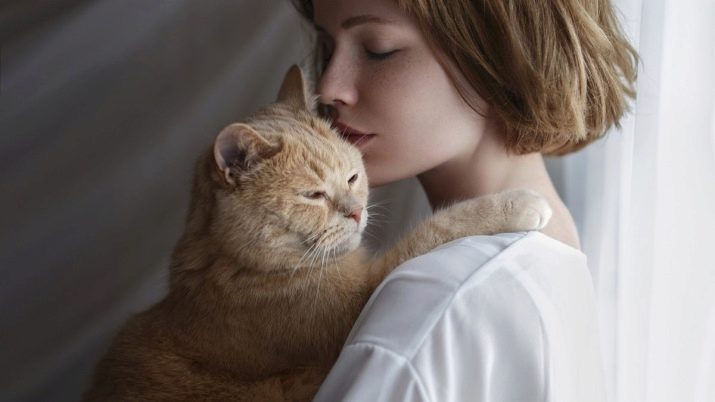
Characters of various breeds
If you decide to get a kitten of a certain breed, it will be useful to get acquainted with the features of its nature. Some breeds of cats are calmer and more domestic, others are very active, real hunters. Of great importance is who their ancestors were, or when breeding which breeds this or that species turned out.
There are many breeds, listing them all in one article will be quite problematic. We will try to bring the most vivid and popular representatives to understand how their behavior can differ.
In the future, this will help you make the right choice when buying a kitten.
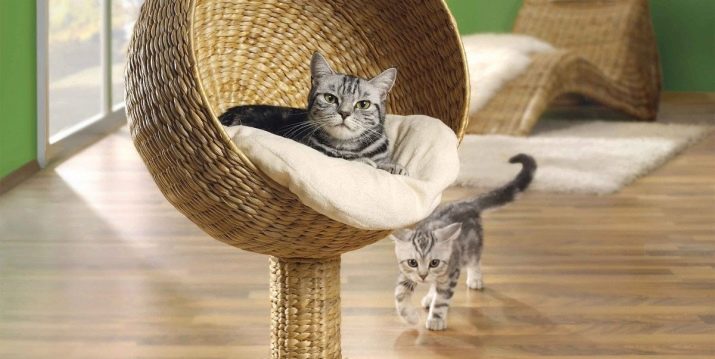
Siamese
Pretty active and nimble cats. They are not averse to playing and love to spend time with the owner. A feature of the breed is their devotion. If you managed to win her love and affection, then she will be your faithful companion all her life. It is also noted that with such a cordial attitude towards households, Siamese women can be very aggressive towards outsiders. If the cat itself does not show interest in you, then it is better not to try to pick it up or stroke it.

Burmese
Incredibly beautiful cats. They seem to be aware of how magnificent they are, so they do not tolerate a hint of rivalry. It is not recommended to keep them with other animals, as the breed is even more jealous than Siamese.
At the same time, cats are quite mobile and adore children.
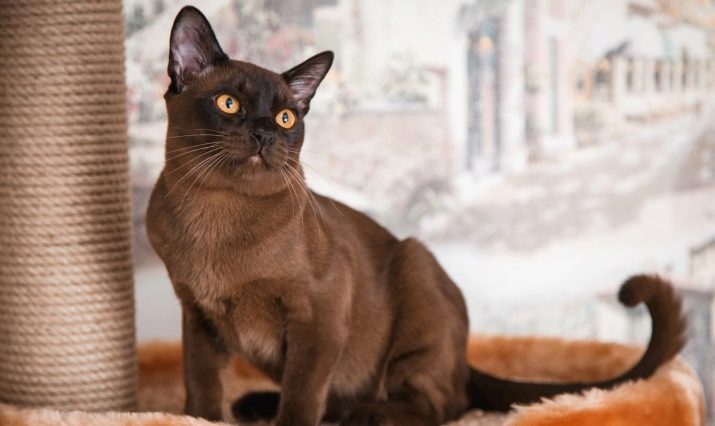
Persian
The popularity of this breed has recently fallen sharply. And this is completely undeserved. Long-haired beauties conquer at first sight. These are cozy pets who love to lie down next to the owner, willingly allow themselves to stroke and caress. It should only be noted that beautiful coat requires daily care.
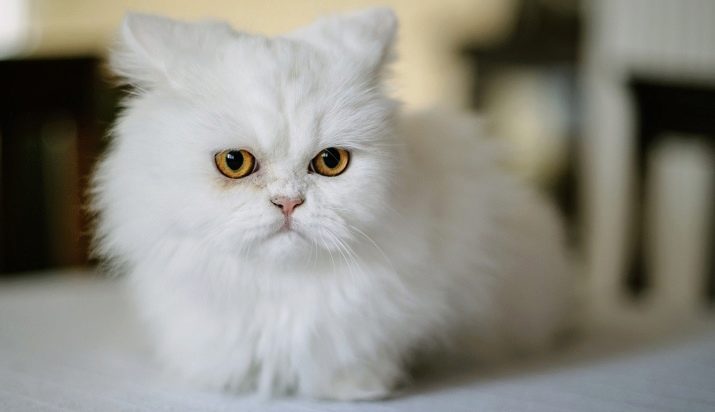
Maine Coon
They can be compared with hunting dogs. Large, graceful, dexterous and self-sufficient. These cats will not hide from strangers, on the contrary, they will come out and examine with interest the new object on their territory.
They require attention, they like to play, but they are absolutely non-aggressive and restrained.
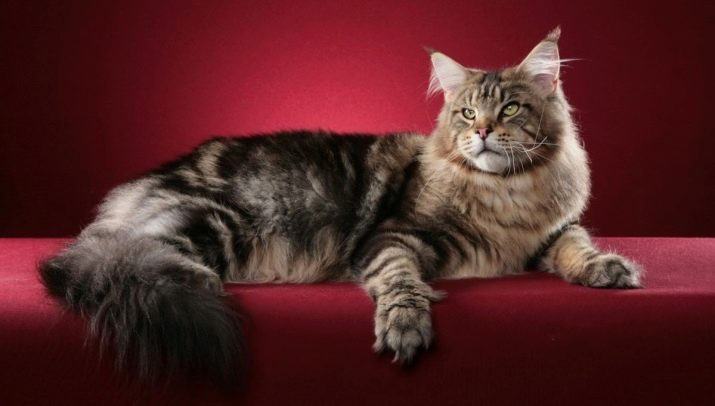
Sphinx
To confuse these unusual cats with other breeds is simply impossible. The complete absence of wool makes them unique. If you like the cat to be constantly nearby, snuggle and caress, while being active enough, then this is your breed. They miss the hosts insanely and are glad for their every appearance. Due to the lack of wool they like to bask on the handles (they can sit like this for hours).
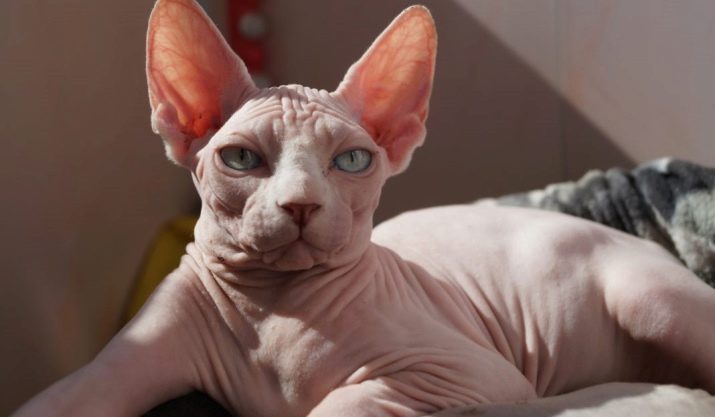
British and scottish fold
These two breeds are very similar in nature. Plush wool and a slightly flattened muzzle make them real paws. Big eyes only add charm to these breeds. These are real bedboks. If at an early age you can observe moderate activity, then in the adult they can often be seen lounging on the couch. Affectionate, kind and gentle - all these epithets perfectly reflect the peculiarity of these breeds.
Usually choose one owner and remain faithful to him.
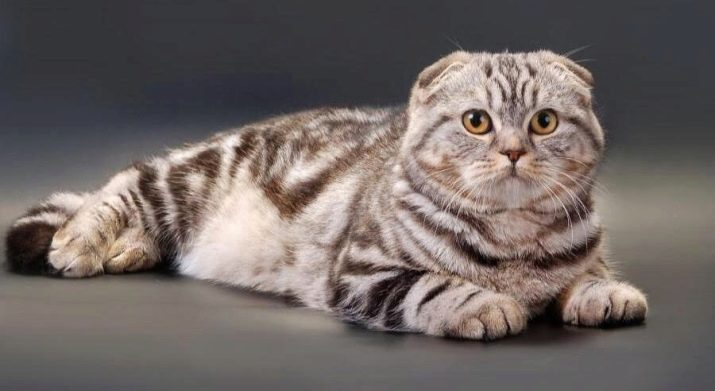
Angora
Snow-white beauties amaze with their hyperactivity. They are ready to play and have fun at least the whole day. They should not be chosen for those people who cannot stand such obsession. With these cheerful beauties it will be very interesting for children who are also distinguished by increased activity. This is only a small part of the representatives of cats, but from the analysis of these breeds, we can understand that they are all different and unique.
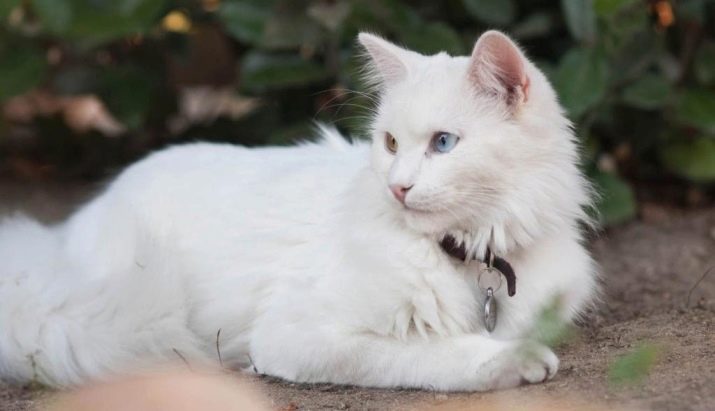
Depending on gender
If in the wild you can clearly determine whether a male or a female is in front of you, then at home this is not immediately possible. Only very attentive people will quickly notice the difference in habits, habits and behavior. After all, the nature and temperament still largely depends on gender. Check out and you with a description of the main differences in the nature of cats and cats, to accurately recognize them even on the street. Although there are atypical individuals that do not fall under the descriptions below.
Features of the behavior of cats
The main feature of all domestic cats is that they consider themselves full owners of the apartment. From their point of view, it is they that allow you to live in peace and take care of them, and not you turn them on for your own pleasure. As befits a real owner and protector, the cat will zealously protect his territory from external encroachments. One unpleasant moment in their behavior is connected with this - the label of the territory. And it’s far from always possible to explain to him that in the conditions of an apartment this cannot be done.
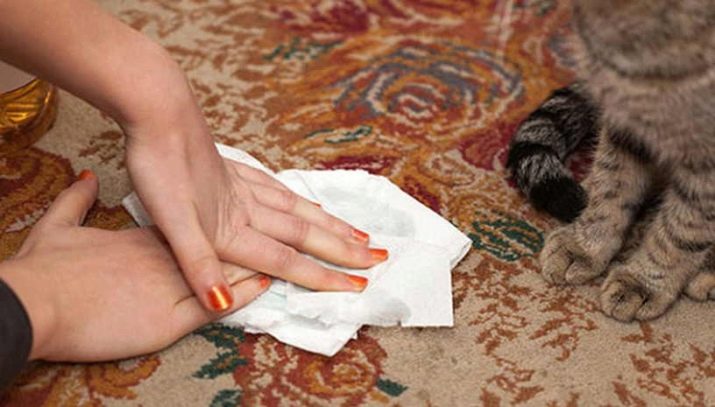
Being a real hunter, he will certainly show his instincts.
But since you do not have mice and birds, then he will hunt for households. Do not be surprised if he suddenly attacks you from around the corner or grabs his hand in earnest. These are such games.
He must be aware of everything that happens on his territory. Any new object, person or phenomenon will not remain without his attention. He will certainly examine and inspect him. If the object is not to his taste, he will immediately express his dissatisfaction with hissing and growling.
As for his own owner, the cat will always watch with interest and even follow it. This will be manifested in a strict following on his heels. Whether you are doing laundry, assembling furniture, reading or cooking, the cat needs to be aware of everything and it is advisable to take a direct part in this process.
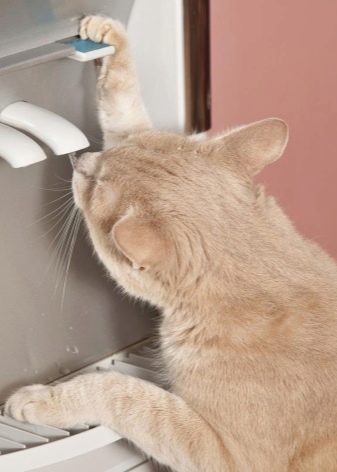
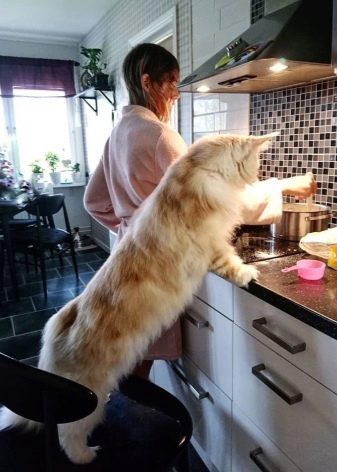
Cat manners
Cats are more calm and restrained. They do not show their love so zealously. Although you can notice a significant difference in the way they behave with men and women. If they allow girls to stroke and scratch themselves, then with men they are more active. They will faithfully look into their eyes, rub against a leg or arm with pressure, actively purr and expose their sides to be stroked.
Females will not establish their order in the house, they are more affectionate and accept the rules of the game and life, which are determined by the owner. If there are small children in the house, then it is better to get a cat. Maternal instincts are strong in these animals, and they will gladly take care of themselves.
Cats can show some kind of aggression or negligence in games with kids.
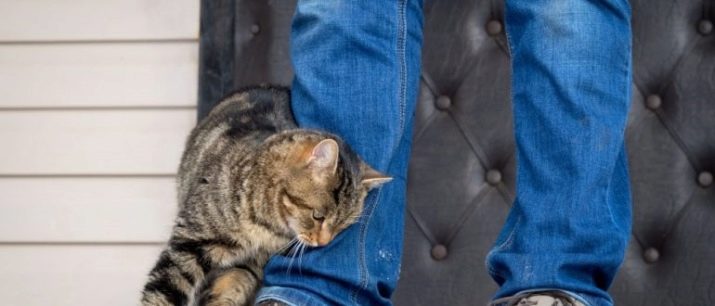
Habits
Cat habits are also a manifestation of their character. Of course, everyone knows perfectly well: when a cat hisses, it means that it is protected and scared. But there are less obvious manifestations of character and temperament.
You should also know about them in order to better understand your favorite.
- Flat ears. This indicates a fright. Along with this, other features may also appear: arching the back, the hair is raised, the cat hisses and exposes fangs. In this state, you must try to calm the darling. First, eliminate the source of fear.
- Tail wagging. From childhood we know that if a cat wags its tail, it means that it is unhappy or angry. But it's not always the case. There are three main ways of wagging. In the first case, only the tip moves. It means interest and curiosity. The object of her interest may be an unusual sound, a flying bird or a new object. Similarly, animals behave during hunting.
- Meow. This is the most important communication channel between the pet and the owner. Depending on the volume, tone and duration of sounds, you can judge the mood and needs of the cat.

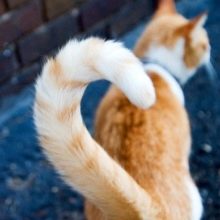

In the second case, the tail is raised, but remains straight. The pet moves them from side to side. This is a more alarming sign. This is a clear expression of discontent and annoyance. If the cat behaves in this way, it is best not to try to pick it up or stroke it.
Let her calm down and only then start contacting.
An extreme degree of irritation and fright is expressed in a vertically raised tail. In this case, the wool stands on end. Such a picture can be seen when a fight between two individuals brews.
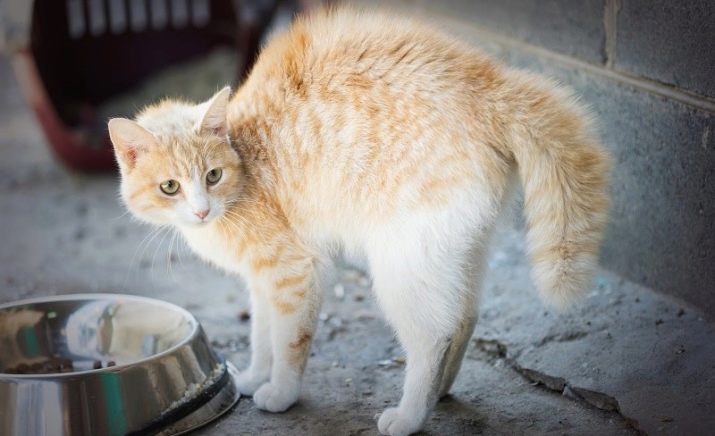
With meowing, she can beg for food.Some do it very loudly and persistently, while others only squeak a plaintive look at the owner. But if the animal is quiet, but constantly meows, it is worth being more attentive to it. Perhaps this is how it speaks of the pain tormenting him.
Cats are very interesting and original animals. Each of them is unique.
And the faster you figure out the nature of your own pet, the faster you establish a close relationship with him.
See the next video for more on cat behavior.
